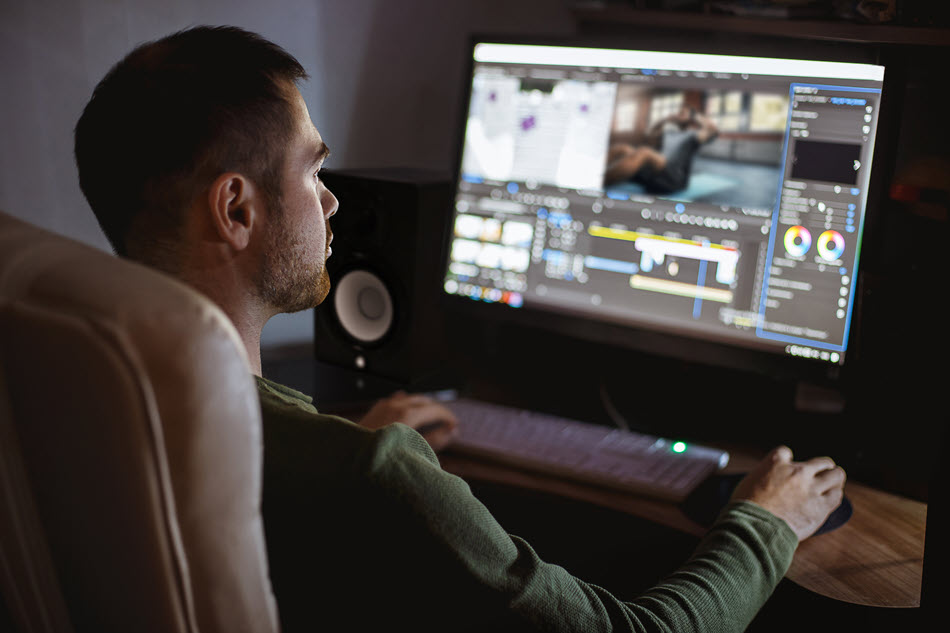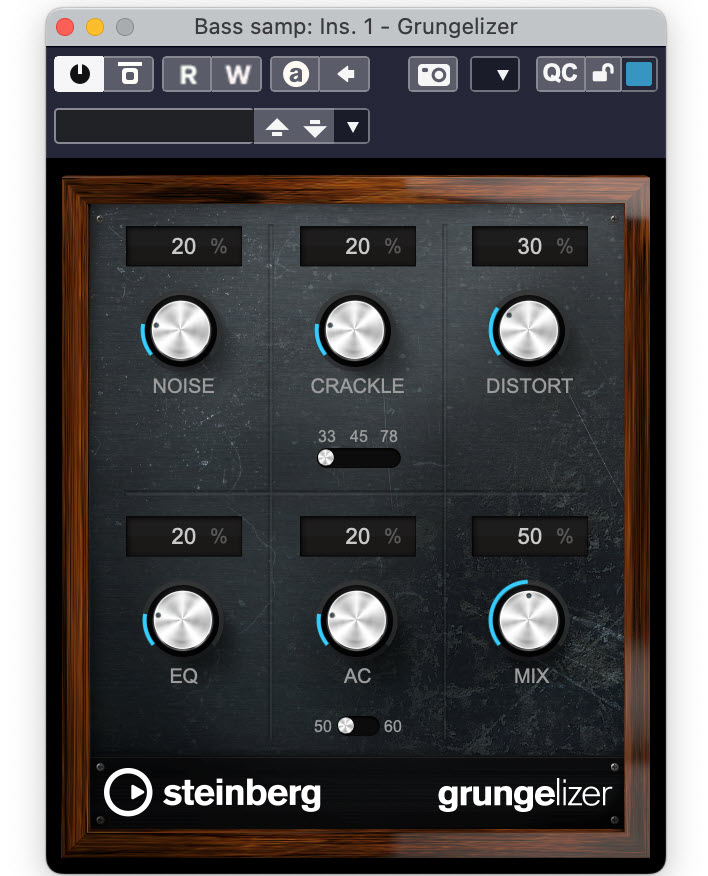Tagged Under:
What’s the Difference Between Recording, Mixing and Mastering?
Defining the three phases of music production.
If you’re new to music production, you may wonder what differentiates recording, mixing and mastering, which are the three steps in the music production process. In this blog, we’ll clarify the distinctions between them.
The order in which they occur is almost always as stated in the title of this article. That’s because you can’t mix until you’ve recorded, and you can’t master until you’ve mixed. Let’s take a deep dive into each step.
Recording
In music production, recording encompasses getting all of your instrument and vocal parts — whether they’re audio or MIDI — onto separate tracks in computer-based DAW software (short for “digital audio workstation”) such as Steinberg Cubase. DAWs are powerful applications that you can use not only for recording, but for mixing as well — even, to some degree, mastering too.
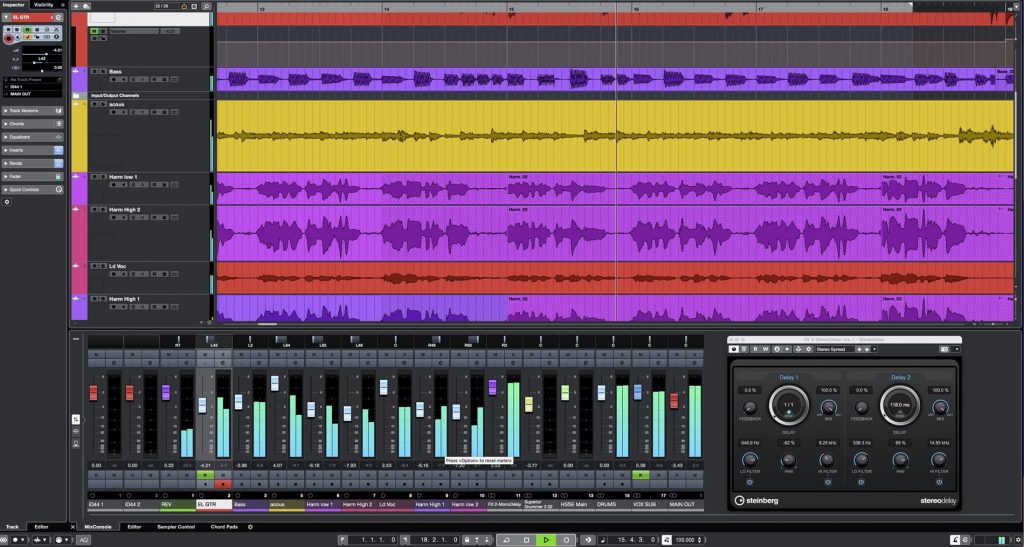
You can divide the recording process into several sub-categories. Tracking (sometimes referred to as “recording basic tracks”) is a term that refers to capturing the foundational building blocks of a song, such as drums, bass and rhythm guitar or keyboard. Typically, the elements that are laid down in a tracking session are the first things recorded for the song.
Genres like hip-hop and EDM are exceptions. They don’t usually require tracking sessions because the foundational tracks are typically programmed using loops or MIDI rather than being recorded by live players. Sessions in those genres generally skip right to overdubbing, another sub-category of recording, where you add new parts over existing tracks. More often than not, an overdub session involves a solitary musician or vocalist. However, it could also be a group of players like background vocalists or string or horn players. The idea is that you’re adding parts onto an existing recording rather than laying down the initial tracks for a song.
Although it’s a matter of semantics, one could argue that pre-production also belongs in the recording category. It entails rehearsing, arranging and sometimes recording rough demos before starting tracking. Some would even consider songwriting to be a part of pre-production.
Another term to consider is live recording. In the studio context (as opposed to the recording of a live show), this refers to a band or ensemble tracking all their instruments — and possibly their vocals too — together. Some bands prefer this approach because they’re more comfortable playing together as if they were onstage.
Live recording in a studio works best when the facility allows for enough isolation between the mics set up so that there isn’t much bleed (“leakage”) between the tracks. Otherwise, that can create problems with the next major music production category: mixing.
Mixing
Mixing (doing a “mix-down”) is the process of combining all the tracks in a multitrack recording down to a stereo or mono file. (Some DAWs also allow you to mix down to various surround sound formats like 5.1-channel or 7.1-channel, but that’s outside the scope of this article.)
Your DAW will offer a dedicated window that functions as a virtual mixing console (sometimes also known as a “mixing board,” “mixer” or “mixing desk”), which emulates the kind of large-scale hardware-based mixers you’ll find in professional recording studios. In this window, you are able to move onscreen faders to adjust individual levels for each track, as well as pan (place) them left to right in the stereo spectrum and insert plug-in effects like reverb and delay.
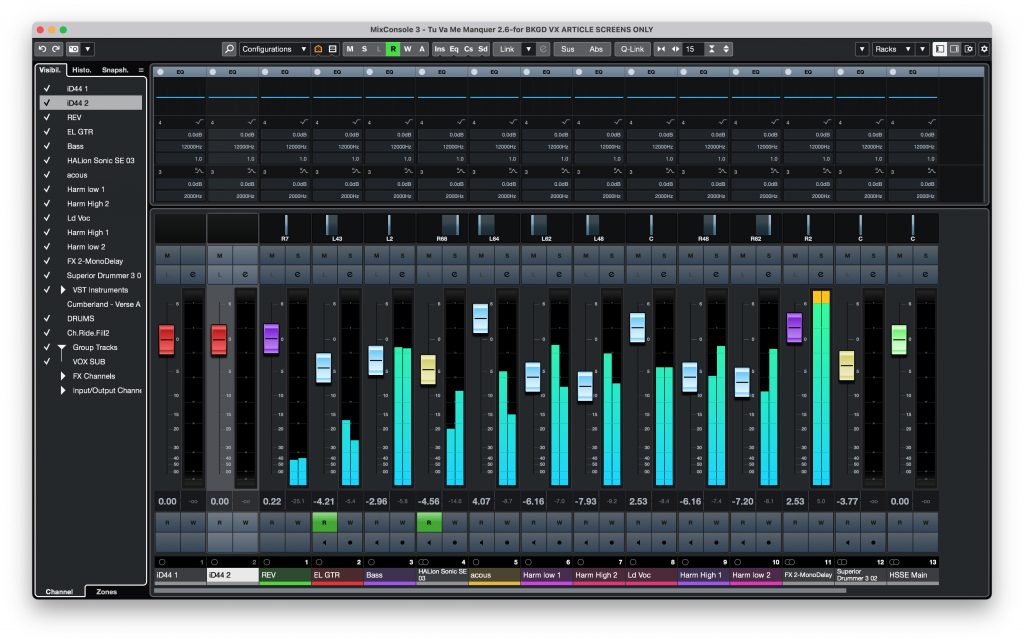
DAW mixers (and most modern hardware-based mixers) also allow you to automate aspects of your mix in order to make volume changes, as well as to adjust pan and effects send/return levels in specific parts of the song.
In a typical DAW workflow, the final step in the mix process is called bouncing to disk. When you initiate a bounce, your DAW sums (combines) the various tracks in your session into one mono or stereo audio file. Once you’re satisfied with your mix, you’re ready to move to the mastering phase.
Mastering
Without question, the least understood stage of the music production process is mastering. Think of it as the final polishing of the music, where you apply any necessary frequency or level adjustments to make it sound as good as possible.
Engineers who record and mix albums generally don’t master them, although that’s changing somewhat. Professional mastering engineers typically work in highly specialized facilities with finely tuned acoustics and the best monitors and amplifiers to ensure they hear the music as accurately as possible.
The mastering engineer will improve the sound of a mix using equalization and dynamics processing (compression and limiting), usually quite subtly.
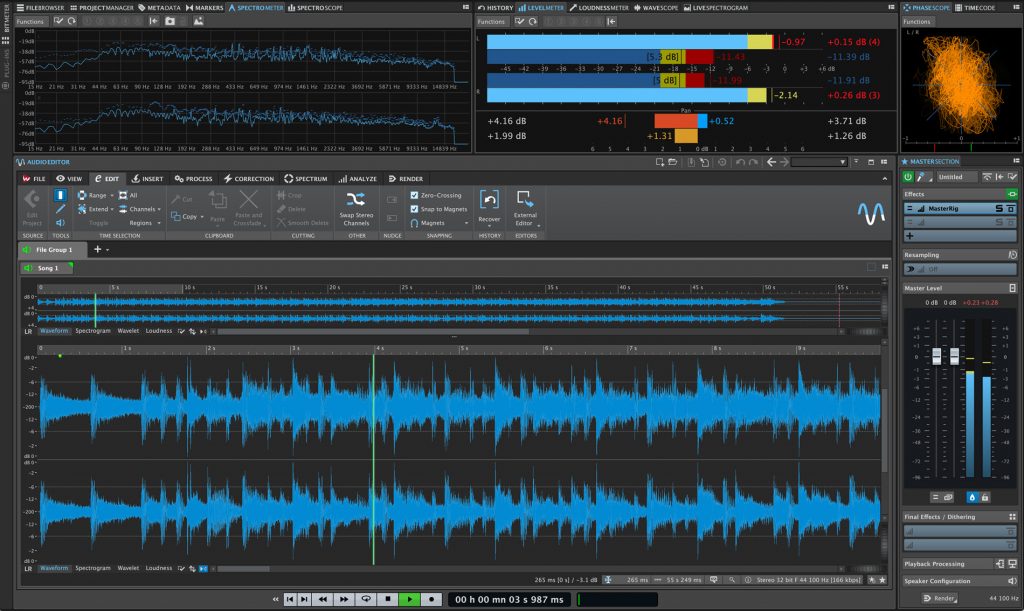
Although the mixed audio files are in digital format, mastering engineers sometimes temporarily convert them to analog to apply tube or tape qualities to the material and make the audio sound “warmer” (i.e., less harsh), before converting it back to digital.
Besides polishing the sound, mastering engineers must ensure the music is at the correct level for the delivery medium (or media), such as streaming, vinyl or CD. They’ll often raise the volume using a mastering limiter, which squashes down the peaks and brings up the overall level, assuring that it’s as loud as the competition.
Some mastering software even incorporates artificial intelligence to analyze your music and apply the necessary frequency and level adjustments. It’s probably not going to sound as good as if you sent it to a human mastering engineer, but it’s faster and less expensive. However, there are other aspects of mastering jobs that are better done by a human. For example, if the mastering engineer is working on a multi-song project like an album or EP, they also must balance the levels between songs so that the listener doesn’t feel the need to turn the volume up or down to compensate for volume fluctuations.
For vinyl or CD, the mastering engineer puts the songs in the correct order and creates the spacing between songs. Although a lot of what a mastering engineer does is esoteric and highly technical, the artist and/or producer will sometimes attend a mastering session to weigh in on any artistic decisions, such as spacing.
There are specific frequency and time limitations that engineers need to consider when creating a vinyl master (aka a “lacquer”), a disc that gets physically cut on a lathe at the end of the mastering session and is required for the vinyl pressing process.
If you’re just getting started with recording, it’s best to focus on the tracking and mixing stages; your mastering skills (if you choose to learn them) can always come later — as we’ve seen, that stage is often carried out by dedicated mastering engineers anyway. And don’t worry about not having sufficient experience: Even the best engineers and producers started at the same point you’re at now. The best way to become proficient at music production is to dive right in and start recording!










